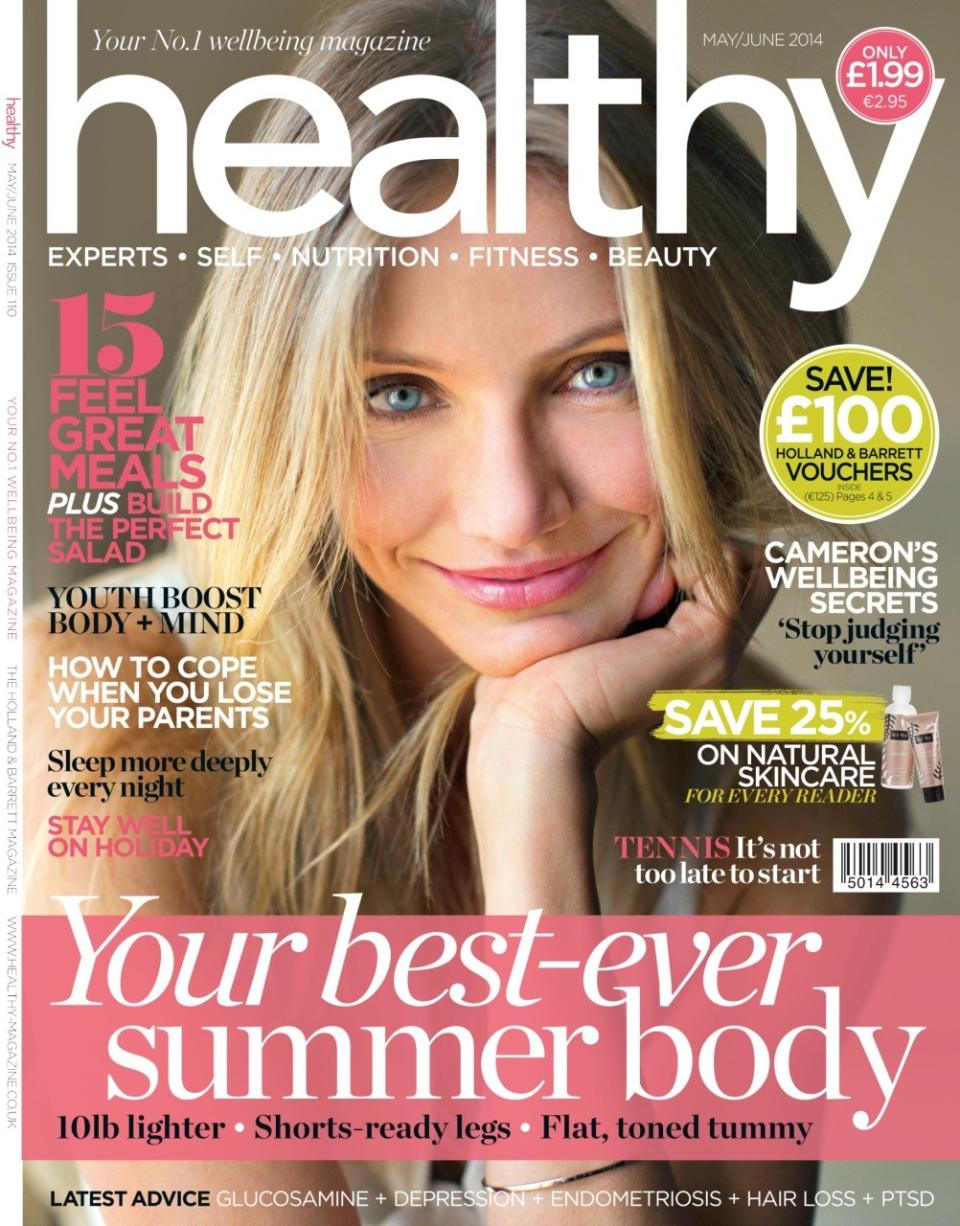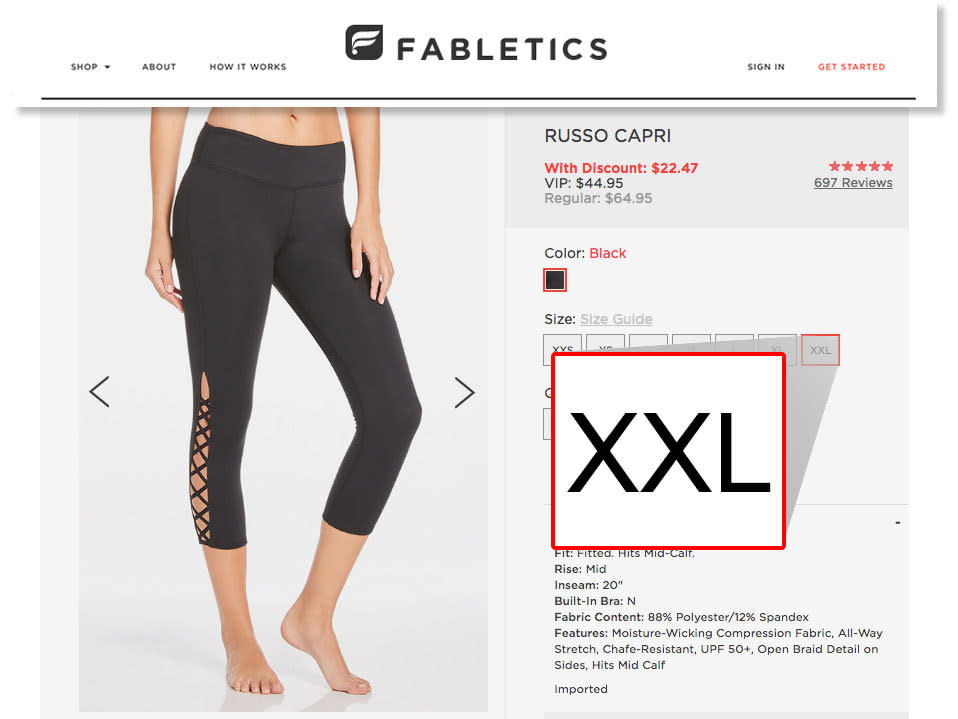Body Positivity Killed the ‘Bikini Body’ — Now Let’s Do the Same for ‘Summer Body’
I have never had a “bikini body” in the intended sense of the phrase. As a young girl, I knew that my rolling and rippling flesh meant that I was simply not allowed to wear anything but a modest one-piece swimsuit, probably with an attached skirt.
Even in my one-piece, I can still remember a girl at summer camp poking at my fleshy belly while counting my fat rolls through the Lycra. Bathing suits themselves were questionable territory for fat girls, but it was unquestioned knowledge that a flat stomach was a requirement for putting a bikini on your body.
And yet, a few years ago, there was a rare and marvelous sea change in the way women’s media talked about bodies. Publications that had been traditionally focused almost entirely on changing and “perfecting” the female body began to embrace the idea of body positivity and loving yourself as you are.
Related: This News Anchor’s Bikini Photo Is Going Viral for All the Right Reasons
Lesley Kinzel, a writer-editor, body-politics activist, and author of Two Whole Cakes: How to Stop Dieting and Learn to Love Your Body, attributes the change to increased visibility of bodies that don’t necessarily meet the expected standards.
“You had this great movement of bloggers who were self-publishing their own stuff that really subverted conventional beauty standards and developed their own audiences and communities and demonstrated that people want to read this as much or possibly more than they want to read how messed up their thighs are or how they’re supposed to hate their upper arms,” says Kinzel.

Plus-size blogger and body-image activist Gabi Gregg poses in her Swimsuits for All collection. (Photo: Swimsuits for All)
One of those bloggers was Gabi Gregg of GabiFresh.com, who became the face of the “fatkini” movement and whose first plus-size swimwear line for Swimsuits for All sold out near instantly and upended marketplace expectations as to what women wanted to wear.
“All the people selling stuff to plus-size women had just assumed for so long that no fat woman wants to be in a two-piece,” says Kinzel. “This showed that they were wrong, so wrong, and it spiraled from there where now you have this JCPenney campaign, which is basically straight-up fat positivity.”
Related: Barbie Ferreira: Curvy Models Belong in the Beauty Industry Too
Amy Keller Laird, the editor-in-chief of Women’s Health, agrees on the overall shift toward body positivity, saying, “I think the rise of social media as well as the general conversation toward women’s empowerment have helped move this change forward. It’s not longer just a few media makers telling women what ‘fit’ or ‘healthy’ should mean. It’s all kinds of women around the world now being able to express their voices. Alongside that, we have a new rise in feminism, we have research showing that thinness does not always equate to health and — as ironic as it may seem — we have a fashion-runway embrace of individualism in hair, makeup, and clothing.”
Keller-Laird and her staff were a huge force in mainstreaming this change when they banned the term “bikini body” from their publication in 2015, saying that the phrase implied that “a body must be a certain size in order to wear a two-piece” and invoking what had become the rallying cry of the anti-bikini-body movement.
“Any body — every body — is a bikini body.”
Related: Why Is Putting On a Bikini When You’re Plus-Size Considered Brave?
Of course, not everyone has been so progressive. Even among those who seem to get that “bikini body” has become outdated and offensive, new terms that adhere to the letter of the law but not the spirit have stepped into the gap left by the once-ubiquitous term.
Keller Laird mentions seeing the phrase “bikini-worthy” (“Be a human being — you’re worthy,” she says), and you still get a sprinkling of “beach bodies” as if that’s anything but a thinly veiled association with the place you wear a bikini.

“Summer body” goals on the May/June 2014 cover of the U.K.’s Healthy magazine. (Photo: Healthy Magazine)
But it’s the “summer body” that seems to have won the day, tripling in Google searches since the ouster of “bikini body.” “The 30-Day Countdown to Your Best Summer Body!” trumpets Shape magazine. “Your Best-Ever Summer Body” blares Healthy magazine. As a publication, this outlet has also used these terms. The hashtag #bikinibody currently has around 368,000 tagged photos on Instagram, while #summerbody pulls up well over a million. I’ve even received PR emails suggesting I start working on my “winter waistline,” proof that the “summer body” is officially a thing.
It’s certainly not as bad as “bikini-worthy” (all together now: Ewww), but it still implies that you need to have a specific kind of body to be worthy of showing it in the skimpier clothing that dominates summer.

Ashley Graham covers the 2016 Sports Illustrated swimsuit issue. (Photo: Sports Illustrated)
Plus-size (although still gorgeous and proportionate) models have gone mainstream, with Ashley Graham even covering the Sports Illustrated swimsuit issue. Many of the major women’s magazines now have plus-size sections and columnists like Nicolette Mason for Marie Claire and Gabi Gregg for InStyle, and Glamour recently put out a whole special edition dedicated to plus-size fashion.
Related: Joe Jonas Gets Kudos for New Video Co-Star: ‘Not a Skinny Model’
Clothing lines like Kate Hudson’s Fabletics come in sizes from XXS to XXL. You can now see glossy slideshows showing beautiful plus-size women looking amazing in their bikinis all over the Internet. And yet, it’s as if some publications still have literally no idea how to talk about a woman’s body in a way that doesn’t imply it isn’t good enough.

Kate Hudson’s Fabletics line carries an array of sizes. (Photo: Fabletics/Yahoo Beauty)
As a woman who grew up both plus-size and self-loathing, I have benefited greatly from the rise of size positivity in mainstream culture. I wore my first bikini in 2011, largely because women like Gabi Gregg showed me I could.
Related: I’m Am Not Skinny. I’m Not-Plus Size. I’m Just Regular Size.
Not only have these conversations going mainstream given women like me the tools and insight to deconstruct a phrase like “summer body” (“we see what you did there!”), but we now have a greater awareness of our power as consumers.
And that’s why there’s really no stopping the steamroller that’s crushing the old school “get a perfect body” mindset that once dominated women’s media.
“This such a rare situation in which a social movement successfully subverted a common term so much that publications don’t want to use it anymore. The eradication of bikini body is so positive because it demonstrates that as readers, women have the power to shape the media that they’re consuming,” says Kinzel.
And we’re only going to keep shaping it. As Keller Laird says, “I think the next evolution of the conversation surrounding body confidence is to stop associating fitness with just the swimsuit season.”
If phrases like “summer body” are placeholders for an industry desperately trying to hold on to the rhetoric it has been steeped in for its entire existence, it’s time to deliver the death blow and show those responsible we want a new conversation, period. A conversation focused on loving what you’ve got instead of trying to change it, one that associates fitness and health with the way a body feels and functions rather than how it looks in a swimsuit or a skimpy sundress or a pair of summer shorts.
So just as we demanded to have our bodies recognized as bikini-worthy just as they are, let us now stand up and say that our summer bodies are whatever bodies we damn well feel like exposing to the sun and surf come summertime. The industry is listening.
Have a beauty story you’d like to share with us? Email ybeautystories@yahoo.com.

